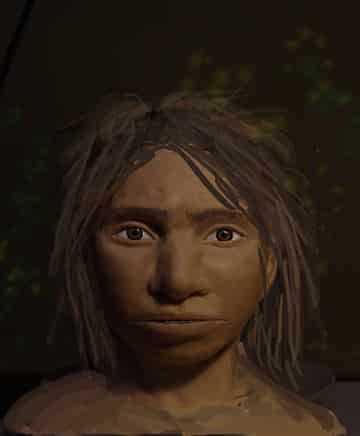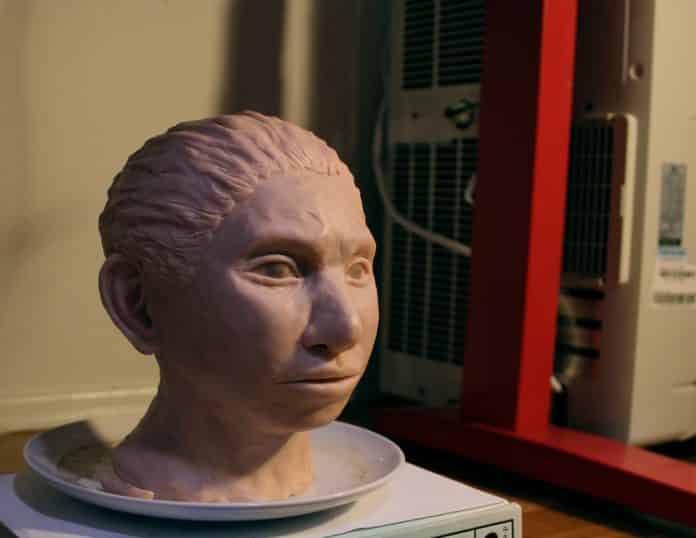Portrait of Denisovan girl reconstructed from pinky bone DNA
The modern Eurasians live alongside with Neanderthals and Denisovans 100,000 of years ago. These tribes have long gone extinct, leaving behind bones and tissues for us to study. Extensive studies have been made on Neanderthals, but Denisovans have remained a mystery due to the handful of bone fragments recovered from the ancient group.
In a study published in Cell, a group of scientists has predicted the Denisovan anatomical features by studying the DNA from the Denisovan pinky bone discovered in a Siberian cave in the year 2008. Thus giving a general idea of how the Denisovans looked!
David Gokhman, a co-author of the study, said that Denisovans were expected to be similar to the genetically closer Neanderthals, but they found 56 features that differ from Neanderthals and modern humans. Among which 34 were changing in the skull alone. Traits like wide pelvis, short forehead showed similarities with Neanderthals. The significant difference identified was the broader skull and longer jaw.
Based on the anatomical data collected the researchers produced a portrait of a Denisovan girl with dark hair, piercing eyes and faced wider than that of a modern human.

For
the study, the researchers analyzed the gene activity rather than the sequence of the DNA. The gene activity was identified by the specific chemical markers attached to the genetic material. Explaining the process Liran Carmel, a computational Biologist from the Hebrew University of Jerusalem said that In evolution changes in anatomy, morphology and physiology is caused due to the changes in gene activity patterns and not necessarily the changes in the DNA sequence.The team worked on identifying the differences in gene activity among the human groups and then tried to understand its effects on anatomy. For this, the gene activity patterns were compared among the Denisovans, Neanderthals, and modern humans and the regions with marked differences were picked out.
With modern human anatomy as a reference, If the change in expression level in the human group was found to be same as that of in modern humans, it was then associated with an anatomical variation.
The trait reconstruction method was tested on Neanderthal and Chimpanzee DNA. By this method, the scientists were able to predict the effect of gene activity on specific anatomical features or morphology with 85% accuracy.
Matt Tocheri, a paleoanthropologist at Lakehead University in Ontario, expressed his concerns on the accuracy of the method. According to him, it is an interesting idea to study genetic data and predict the morphology, but it has to be developed further before trusting it completely.
This study predicted that Denisovans would have had thick fingers similar to Neanderthals, but a contradicting idea was published in the journal of Science Advances on September 4th. The paper quoted that Denisovans possessed slender fingertips similar to modern humans.
Acknowledging the same, Gokhman stated that the predictions made aren’t perfect, the Juvenile source(fossil of Denisovan) may have accounted for the inconsistencies during the anatomy predictions. The Pinky finger bone was from a Desinovan Girl estimated to be 13 years.
The researchers believe that the findings will help to understand the ways the Denisovan DNA fragments affected traits and adaptions. Also, we can learn about the way these human groups adapted to their environment.






























